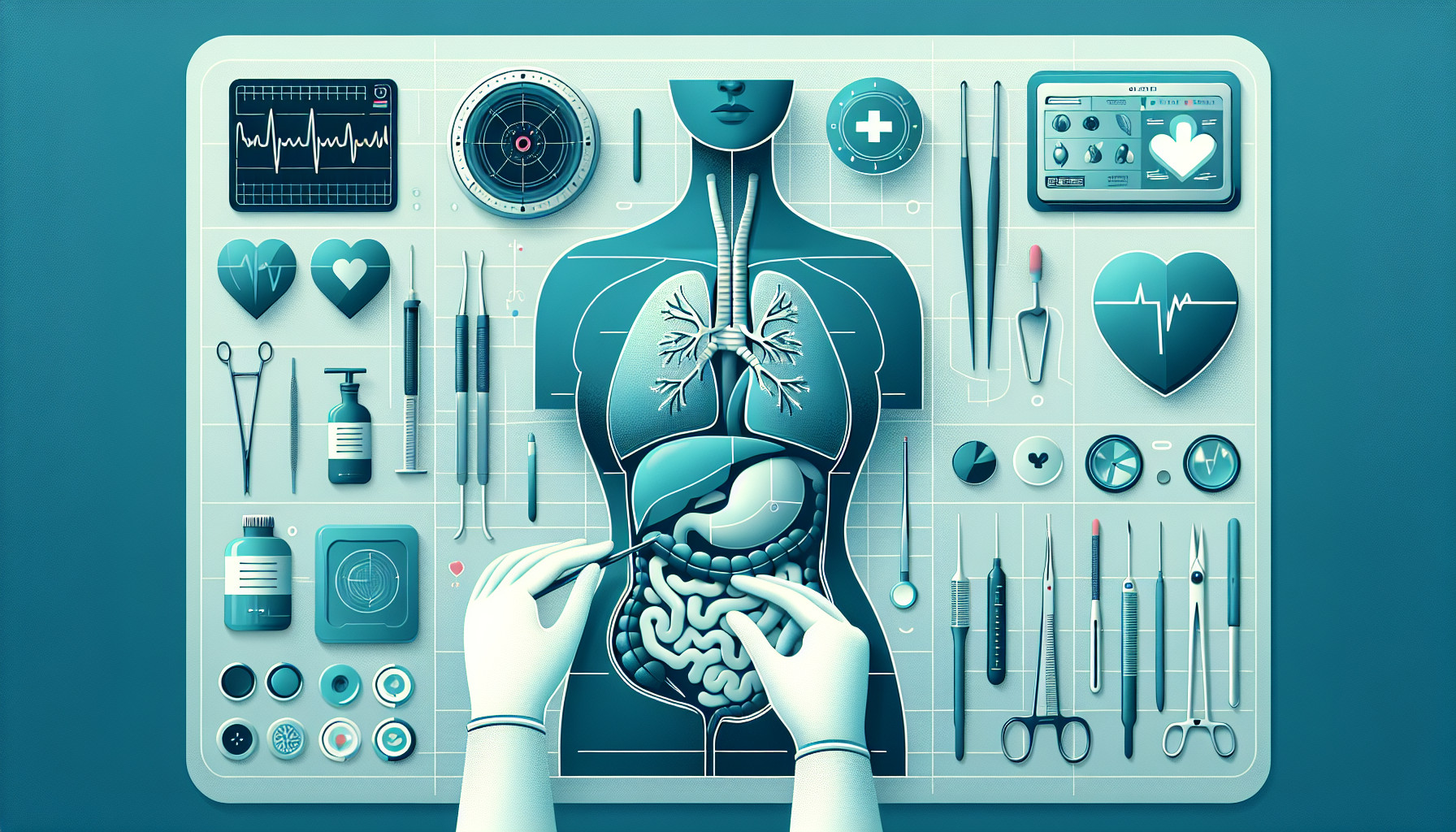Our Summary
This research paper talks about the use of 3D printing in the field of plastic and reconstructive surgery. Since 3D printing came about in the 1980s, the ability to create physical objects from digital designs layer by layer has been a game-changer, particularly in medicine. With 3D printers becoming more affordable and easier to use, this technology is gaining more popularity. The paper focuses on how 3D printing is currently being used in plastic and reconstructive surgery, and what its future applications might be.
FAQs
- What is the role of three-dimensional printing in the field of plastic and reconstructive surgery?
- How has the development of affordable and easy-to-use three-dimensional printers impacted the field of medicine?
- What are the potential future applications of three-dimensional printing technology in plastic and reconstructive surgery?
Doctor’s Tip
One helpful tip a doctor might tell a patient about reconstructive surgery is to have realistic expectations. It’s important to understand that while reconstructive surgery can improve the appearance and function of a body part, it may not always achieve perfection or completely eliminate all physical or emotional concerns. It’s important to have open communication with your surgeon about your goals and expectations, as well as any potential risks or limitations of the procedure. Additionally, following post-operative care instructions and attending follow-up appointments are essential for optimal healing and results.
Suitable For
Patients who may be recommended reconstructive surgery include those with congenital deformities, traumatic injuries, cancer-related defects, burns, and cosmetic concerns. These patients may benefit from reconstructive surgery to improve function, restore appearance, and enhance quality of life. Three-dimensional printing technology can be particularly useful in planning and performing reconstructive surgery by creating customized implants, prosthetics, surgical guides, and models for preoperative planning.
Timeline
Before reconstructive surgery:
- Initial consultation with a plastic surgeon to discuss the patient’s concerns and goals for surgery.
- Pre-operative assessments and tests to ensure the patient is a suitable candidate for surgery.
- Development of a personalized treatment plan, including the use of three-dimensional printing technology to create surgical guides and models.
- Pre-operative planning and discussions with the patient about the expected outcomes of the surgery.
After reconstructive surgery:
- Post-operative care and monitoring to ensure proper healing and recovery.
- Follow-up appointments with the plastic surgeon to assess the results of the surgery and address any concerns or complications.
- Potential additional procedures or touch-up surgeries to achieve the desired outcome.
- Long-term follow-up to monitor the results of the surgery and address any changes over time.
Overall, three-dimensional printing technology has revolutionized the field of plastic and reconstructive surgery by allowing for more precise planning and execution of procedures, leading to improved outcomes for patients.
What to Ask Your Doctor
- What are the potential risks and complications associated with reconstructive surgery?
- How long is the recovery process expected to be and what can I do to facilitate a smooth recovery?
- Are there alternative treatments or procedures that could achieve similar results?
- What are the expected outcomes of the surgery in terms of appearance and function?
- Can you provide examples of previous patients who have undergone similar reconstructive surgeries?
- What is the level of experience and expertise of the surgical team performing the procedure?
- Will I need multiple surgeries or procedures to achieve the desired results?
- How long will the results of the reconstructive surgery last?
- Will I need to make any lifestyle changes or adjustments after the surgery?
- Are there any specific post-operative care instructions or precautions I should be aware of?
Reference
Authors: Kamali P, Dean D, Skoracki R, Koolen PGL, Paul MA, Ibrahim AMS, Lin SJ. Journal: Plast Reconstr Surg. 2016 Mar;137(3):1045-1055. doi: 10.1097/01.prs.0000479977.37428.8e. PMID: 26910689
